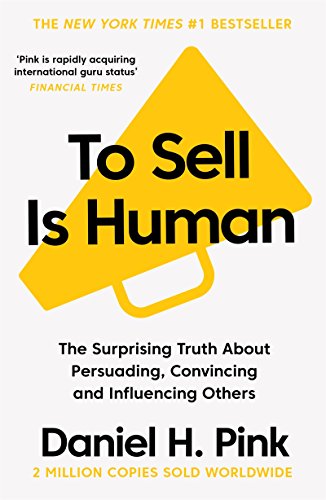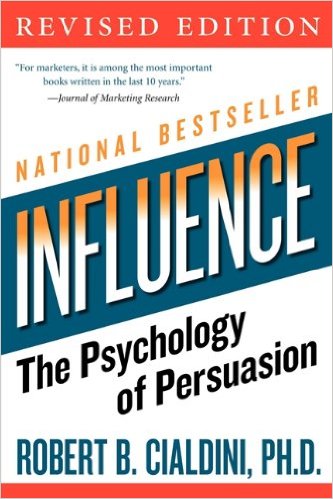To Sell is Human
Sunday, December 12th, 2021 | Books, Business & Marketing
To Sell Is Human: The Surprising Truth About Moving Others is a book by Dan Pink. In it, he argues that the old ABCs of sales (always be closing) have been replaced by a new, more authentic and honest approach to sales.
His case is essentially this: the old way of sales relied on information asymmetry. The salesperson knew more than the customer and could use that to their advantage. However, in the information age, the customer has often done a lot of research and in many cases knows more than the salesperson (such as competitor offerings) and therefore you cannot bullshit a customer anymore.
So, what do we do about it? Pink argues that we need to be empathetic towards our customers. Understand how we can help them and build a way to win together, rather than seeing sales as a zero-sum game where we have to get one over on the customer.
We should give them all in the information they need and not be afraid of doing so. He gives the example of CarMax, an American car superstore brand that provides computers for customers to research what their competitors are doing so they know that CarMax is offering the best deal.
Finally, be clear on what you are offering. Pink suggests an elevator pitch may be too long for the modern generation who are used to 140-character tweets. Pink suggests a number of successors to the elevator pitch including one-word pitches (when I say “search”…), questions and rhymes.

To Sell Is Human: The Surprising Truth About Moving Others is a book by Dan Pink. In it, he argues that the old ABCs of sales (always be closing) have been replaced by a new, more authentic and honest approach to sales.
His case is essentially this: the old way of sales relied on information asymmetry. The salesperson knew more than the customer and could use that to their advantage. However, in the information age, the customer has often done a lot of research and in many cases knows more than the salesperson (such as competitor offerings) and therefore you cannot bullshit a customer anymore.
So, what do we do about it? Pink argues that we need to be empathetic towards our customers. Understand how we can help them and build a way to win together, rather than seeing sales as a zero-sum game where we have to get one over on the customer.
We should give them all in the information they need and not be afraid of doing so. He gives the example of CarMax, an American car superstore brand that provides computers for customers to research what their competitors are doing so they know that CarMax is offering the best deal.
Finally, be clear on what you are offering. Pink suggests an elevator pitch may be too long for the modern generation who are used to 140-character tweets. Pink suggests a number of successors to the elevator pitch including one-word pitches (when I say “search”…), questions and rhymes.


